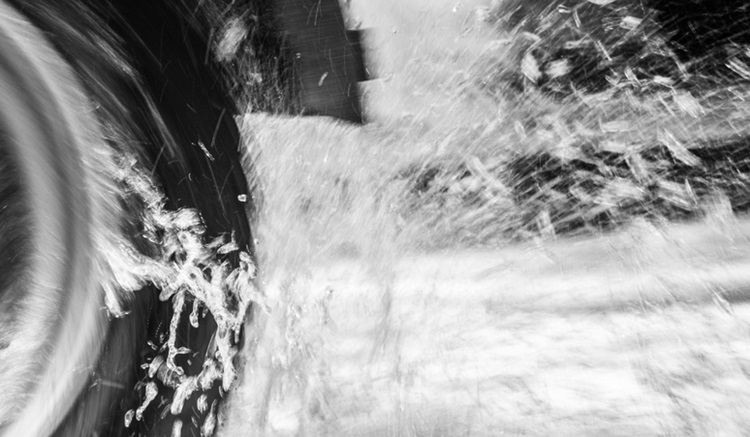
Imagine driving down the highway during a sudden downpour. You feel your tires lose contact with the road. In that terrifying moment, your car starts to skid uncontrollably. This phenomenon is known as hydroplaning. For those wondering, ‘Why does my car hydroplane?’, you’re not alone. Fortunately, while hydroplaning can be dangerous, it is also preventable. Together with the team at Barbour Hendrick Honda, let’s explore why cars hydroplane and how to avoid it.
Reasons Why My Car Hydroplanes
Hydroplaning is a hazardous situation when your tires lose grip on a wet road. It can cause your vehicle to slide uncontrollably. Knowing what causes it can help you avoid incidents on the road. Your vehicle can hydroplane due to two reasons — weather and vehicle conditions.
Weather Conditions:
Heavy rain, standing water, and even light rain after a dry spell can cause hydroplaning. You can even experience slick spots on the road where oil mixes with fallen rain.
Vehicle Conditions:
While hydroplaning may be caused by weather conditions, the state of your vehicle is also a factor to consider. How fast are you driving on wet roads? How old are your tires? What is my tire pressure? These are questions to ask yourself as worn-out tires with low tread depth and improper tire pressure can affect your car’s traction. Additionally, higher speeds make it harder for tires to disperse water, leading to hydroplaning.
How to Avoid Hydroplaning When Driving
- Adjust Your Speed: Slow down during rainy weather and avoid sudden accelerations.
- Maintain Safe Distances: Keep a safe distance from the vehicle ahead to allow for longer stopping distances.
- Steering and Braking: Avoid sharp turns and sudden braking. Instead, use gentle, steady pressure when braking.
- Be Aware of Road Conditions: Watch out for puddles, standing water, and low-lying areas.
Signs to Check Your Tires
If you are still experiencing hydroplaning despite proper driving skills, your tires might be at fault. It could be time to replace them. Here are signs of worn-out tires:
- Tread Depth: Use the penny test to check if your tire tread is too shallow.
- Uneven Wear: Check for uneven wear patterns, which could indicate misalignment.
- Low Tire Pressure: Regularly check and maintain the recommended tire pressure.
- Cracks or Bulges: Inspect tires for any visible damage that could compromise their performance.
You might also like: When to Schedule Honda Service
Drive Safe this Season in Greenville, NC
While Greenville, North Carolina, experiences its heaviest rainfall during late summer and early autumn, hydroplaning is a potential hazard anytime wet roads are present. Encountering hydroplaning can be a frightening experience, but it’s crucial to remember that it’s largely preventable with proper driving techniques and diligent tire maintenance. Ensure your vehicle’s tires are in optimal condition by scheduling a service appointment with the expert team at Barbour Hendrick Honda. Contact us today to schedule your tire care!
Disclaimer: The stock image is being used for illustrative purposes only, and it is not a direct representation of the business, recipe, or activity listed. Any person depicted in the stock image is a model.

